What is an ELD and How Does It Work for Truck Drivers?
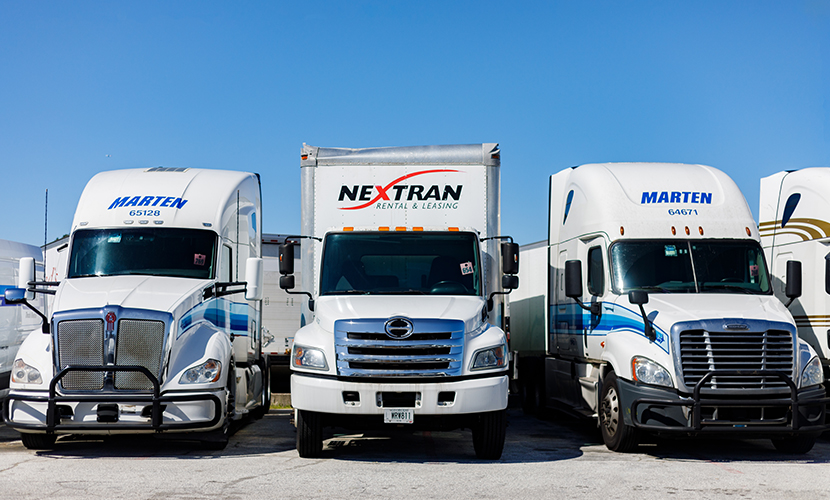
Decades ago, truck drivers survived by knowing their routes, knowing how to use maps and a road atlas, and understanding how a truck works inside and out. As time has gone on, however, many things have changed. Trucks have grown more complex. Roads have changed, and atlases are no longer a common sight in the hands of motorists. Internet-connected devices provide navigation and real-time route adjustments to account for traffic, construction, detours, accidents, and more.
And, of course, the laws, rules, and regulations surrounding commercial motor vehicles have changed as well. Not only are they stricter than ever, they’re more heavily enforced. Part of that enforcement is the use of ELDs in trucking and logistics. What are ELDs, though? How do they work, and what do they mean for drivers? Read on to find out more.
What is an ELD?
An ELD is an Electronic Logging Device.
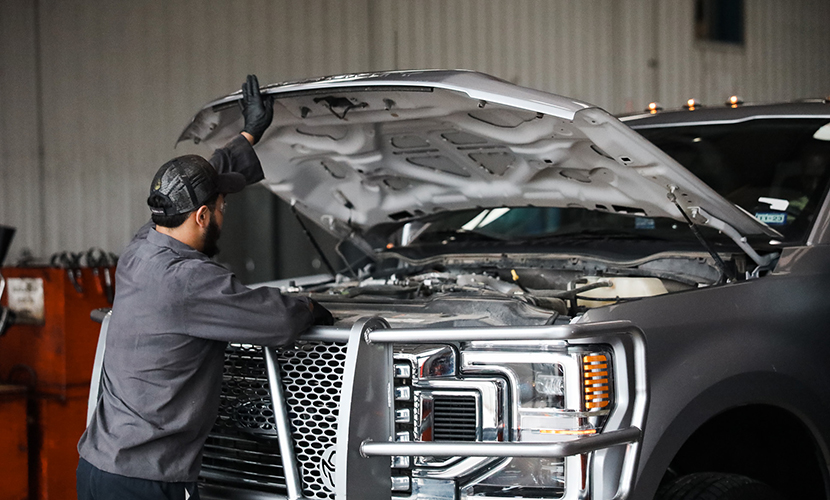
These devices consist of several components; a tracking module hooked up to the engine of the truck, a tablet in the cab for the driver’s use, and even a connection to a fleet management platform can all be considered components of the ELD system.
What is the Purpose of an ELD?
ELDs are tracking devices meant to ensure compliance with laws governing commercial motor vehicles.
For example, you are likely aware of the federally mandated limits on driving time, which limit the amount of time a driver can spend driving without taking rest breaks. These limits are both to prevent abuse of drivers by companies hoping to push them to their limits and to prevent drivers from persisting in driving while exhausted or otherwise impaired from long hours.
An ELD provides independent verification and tracking of a commercial vehicle’s hours of operation. Since there’s expected to be only one driver of a commercial motor vehicle, it can be assumed that the hours the vehicle is driving are the hours the driver is driving, so tracking that time is an easy way to automatically and accurately ensure compliance.

It’s worth noting that ELDs do not add additional burden to drivers or fleet managers. In fact, they lighten the load compared to manual logging or other less connected systems.
The fatigue of operating a commercial motor vehicle for long hours is significant and has been studied for decades. It’s well-known to be a large contributing factor to street and highway accidents, resulting in loss of cargo, operational hours, schedules, and even life. No driver and no fleet manager wants to see an accident happen, and while quotas and schedules can be tight, it’s always better to enforce hours of operation than to see an accident happen.
What do ELDs Track?
While the specifics of what an electronic logging device will track depends on the device and on the setup implemented by the fleet management platform in use by the company, there are many pieces of information that can be on the list. These include:
- Vehicle Identification Number
- Motor Carrier Identification
- Date and Time of Operation
- Geographic Location (GPS Coordinates and Route Information)
- Miles Traveled
- Engine Start and Stop Times
- Yard Moves
- Engine Diagnostics and Codes
- Driver Identification
- Driver Logon and Logoff Times
- Hours of Service Tracking
- Duty Status Changes
- Driver Daily Records
Most of this is tracked automatically or is input by the driver as part of the process of starting up the vehicle for a day of travel. Some systems may be more sophisticated and track in greater detail or more granular moment-to-moment readings. Others may have time-segmented readings like hourly recordings of time and distance traveled. Again, it can vary.
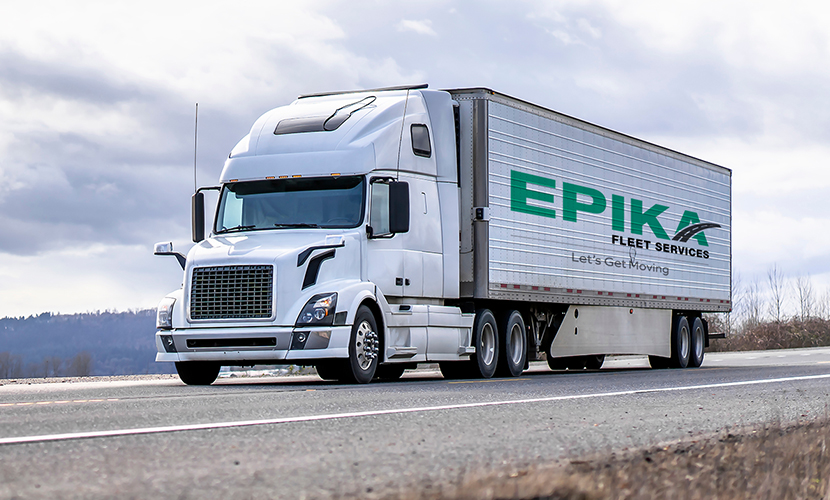
If you’re interested in seeing what ELDs are on the market, the FMCSA maintains a list of registered and verified ELDs. Companies making ELDs can certify that their devices meet the minimum standards set by the ELD Mandate. There are a few things to note here.
- The devices on the list are self-certified. While the FMCSA may have reviewed some of them, they do not perform rigorous testing before a device can be registered. Rather, they spot-check, and when issues are discovered, they can revoke certification of the device.
- Manufacturers of ELDs can also choose to self-revoke certification for devices. This generally happens when new versions are released to remove the older versions from service.
- The FMCSA provides the list as a list of options; it does not endorse or recommend any specific device.
You can see both lists – the currently certified ELDs and the revoked ELDs – here. There are, as of the time of this writing, nearly 900 devices on the list.
What Are the Benefits of Using ELDs?
There are a lot of significant benefits to using ELDs.
First and foremost, as mentioned below, they’re now mandated by the Department of Transportation. Inasmuch as “not breaking the law” is a benefit, this can be considered a benefit to using ELDs.
One of the biggest tangible benefits of ELDs is that they do a lot of automatic tracking of what would formerly be tedious paperwork for drivers, fleet managers, maintenance crews, and inspectors. The elimination of paper logs alone is worth billions across the country.
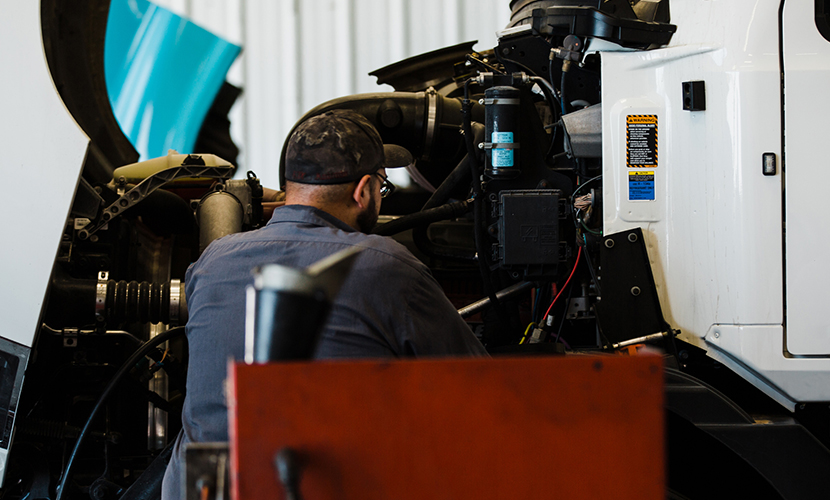
Another benefit is that ELDs are fast and, since they’re standardized, compatible with roadside inspections. Rather than having to inspect paperwork manually, computer systems can handle validation much more quickly, can flag issues if they appear, and can have drivers in and out in a matter of minutes. This vastly speeds up roadside inspections and keeps your fleet moving.
ELDs also help enforce compliance with hours of service regulations, which is a safety benefit. Oftentimes, drivers and fleets might put pressure one way or another to push beyond acceptable limits, to finish deliveries just outside of the allowable time on the road, or to cram in additional shifts when they shouldn’t. ELDs use an impartial record to avoid fudging the paperwork in a way that, though profitable for a company, is dangerous for everyone involved and everyone on the road.
A fringe benefit of ELDs is that some of the data they track, such as engine status codes, can be used as part of preventative maintenance. By knowing when an engine is starting to show signs of issues, even if those issues are easily handled in the field at the time, you can schedule the vehicle for preventative maintenance. By being proactive, you can avoid catastrophic failures and can keep your vehicles operating smoothly for much longer.
Are ELDs Required?
Yes, with caveats.
The ELD Rule, as it’s known, is a requirement for drivers who are required to prepare hours of service records of duty status reports. There are some exceptions to the mandate, such as short-haul drivers and drivers operating vehicles made before the year 2000.
The ELD Rule is not one-sided. That is, while it mandates that ELDs are used, it also mandates certain design specifications for those ELDs so they have a minimum level of accuracy and functionality across the entire commercial motor vehicle industry. Further, the Rule also provides protections for drivers from being harassed due to the data reported by the ELD or because they’re obeying limits.

For more information, here are two valuable resources:
- The FMCSA’s Full Rule and Regulation Regarding ELDs
- The FMCSA’s General Information and FAQ about the Rule
The first is the full text of the Rule and all of the relevant specifications in a 125-page PDF document. The latter is a shorter, more readable FAQ about the relevant information you might need to know.
Are ELDs a Violation of Privacy?
Having a ubiquitous, mandated tracking device monitoring everything a driver does can be construed as intrusive and, some argue, a violation of privacy. In fact, numerous challenges and lawsuits have been attempted over just this argument.
The ELD Rule has taken this into consideration. First and foremost, there are limitations on what the ELD can and cannot do and track. The two biggest benefits to privacy are that drivers who can leave their trucks at work don’t need to bring the ELD home with them and that drivers who own/operate their trucks and also use them as personal conveyances have the option to set that status.

The “Personal Conveyance” status, when toggled on for a driver, dramatically restricts the tracking that the ELD can monitor. In particular, it greatly reduces the accuracy of GPS tracking. This allows the driver to simply and easily switch between on-duty and off-duty operation of the vehicle.
Overall, while privacy concerns may be valid in some senses, they have not been supported in court; the ELD Rule has been broadly upheld.
What Do Fleet Managers Need to Know About ELDs?
Using ELDs as a fleet manager is largely self-explanatory. They don’t add additional burden to your job; rather, they lighten the load and streamline/automate some record-keeping. Here are some key points you might want to keep in mind.
First, know who amongst your drivers needs to be equipped with an ELD and who doesn’t. Refer to the FMCSA list of exemptions to know if any of your drivers are exempt. In particular, small-scale companies operating within relatively small areas (less than 150 air miles) and drive-away, tow-away operators don’t generally need ELDs. If you have a mixed fleet or if your entire fleet falls within an exemption, you may not need to concern yourself too much with ELDs.

Second, it’s critical to make sure your ELDs are properly installed and configured with your fleet management system. While some fleet management platforms can hook into just about any ELD, other systems are more proprietary and will want you to use their specific brand of ELD in your fleet. Make sure you keep this in mind when you choose a fleet management platform, and if locking you into an ecosystem you don’t like has been a thorn in your side, consider changing both the ELD brand and fleet management platform.
Third, remember that ELDs are a tool, not a burden or an enforcement mechanism. They’re no different than the paperwork that came before them, except they’re easier to deal with. They are meant to protect drivers and others on the road, to maintain compliance with federal law, and to ensure safe operation. While some choose to vilify them, there’s no good reason to do so.
Are There Downsides to ELDs?
Potentially. One of the largest is the potential costs. Depending on the service you use, some ELDs can run as much as $25 per month per vehicle. Understandably, this can be a significant cost for larger fleets. The devices themselves cost around $100, though, of course, this is largely a one-time-per-vehicle fee.
Another potential issue is that, as an intentionally static record, mistakes and issues can’t be easily corrected. For example, if a driver gets off work and takes their vehicle home but forgets to sign out or switch to personal conveyance mode, it can trigger issues with their scheduling and recorded hours of service. It can be edited but usually requires multiple people to access and verify the edits to prevent fudging the records.
And, of course, any change in technology can be a hassle for old hands – drivers, fleet managers, and others – to learn and adopt. The learning curve isn’t always very smooth, and it can require a lot of adjustment, particularly from fleet managers, to use them to the best of their ability.
That said, the benefits of ELDs far outweigh the drawbacks, with the possible exception of the expense. Even then, ELDs can help save a company money through preventative maintenance and proactive repairs, along with monitoring for things like routes, speed, and other metrics that can be optimized for smoother and more efficient fleet operations.
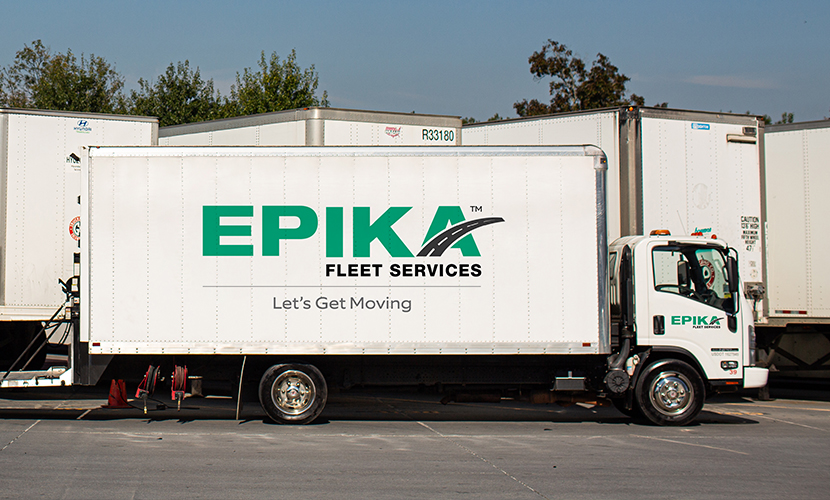
Speaking of preventative maintenance, at Epika, we’re constantly growing our nationwide network of facilities that can help with anything from emergency repairs to routine maintenance on your fleet vehicles. If you’re interested in seeing what we have to offer, simply browse our brands, view our service provider map, or locate providers near you. We look forward to working with you!
